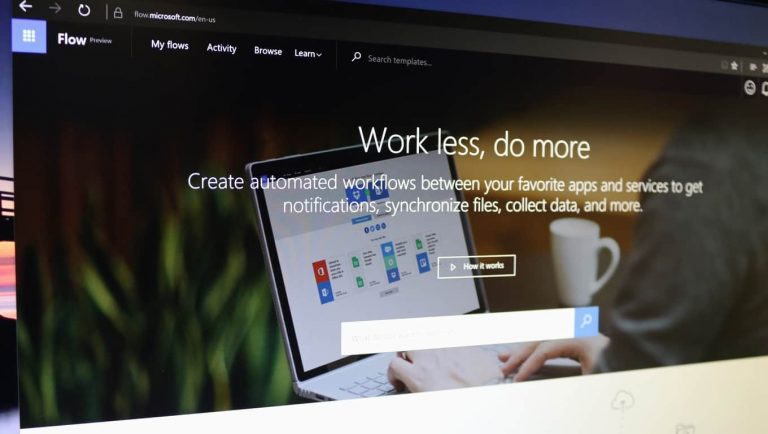Microsoft is opening their Common Data Model as a public preview. The Common Data Model is described by Microsoft as “an out-of-the-box business database for storing and managing business entities.” Opening up the Common Data Model to testers will allow companies to add “new entities” to the database that relate to the already present “standard entities.” Companies can then use the Common Data Model to unify their business data.
This news becomes more significant with the other part of today’s announcement. The preview of the Common Data Model is being integrated with Microsoft Flow. This will allow companies to start building their own Flows to automate the collection of data. The Common Data Model is also directly integrated into PowerApps and Power BI, so companies can “build views and applications on top of the data that you put [into the Common Data Model] with Microsoft Flow.”
The Common Data Model is capable for store everything from Tweets to data from an SQL database, to CRM databases like Salesforce.com and Microsoft Dynamics. In fact, the Common Data Model is a big part of Microsoft’s newest cloud offering, Dynamics 365.
When we wrote about Dynamics 365 earlier this summer, we mentioned how this new CRM and ERP cloud offering will allow companies to more intelligently use and interact with their data. Companies of all shapes and sizes will now also be even further able to creatively deploy their own custom uses of that data. By opening up the Common Data Model, and integrating it with services like Power BI, Power Apps, and Microsoft Flow, companies will be able to automate all sorts of workflows and have unified insightful views of their data.
Today’s announcement provided links to useful articles about how to get started with using the Common Data Model and Microsoft Flow. To learn more about the Common Data Model, or to see a list of templates for the Common Data Model, you can read more here. To learn about importing and exporting data to and from the Common Data Model you can read more here. And finally, to learn about building approvals in the Common Data Model, you can read more here.
By opening a public preview of their Common Data Model, and integrating it with their services, Microsoft is increasingly making their cloud services, like Dynamics 365, that much more within reach and malleable to any company looking to make more insightful and efficient use of their data.


